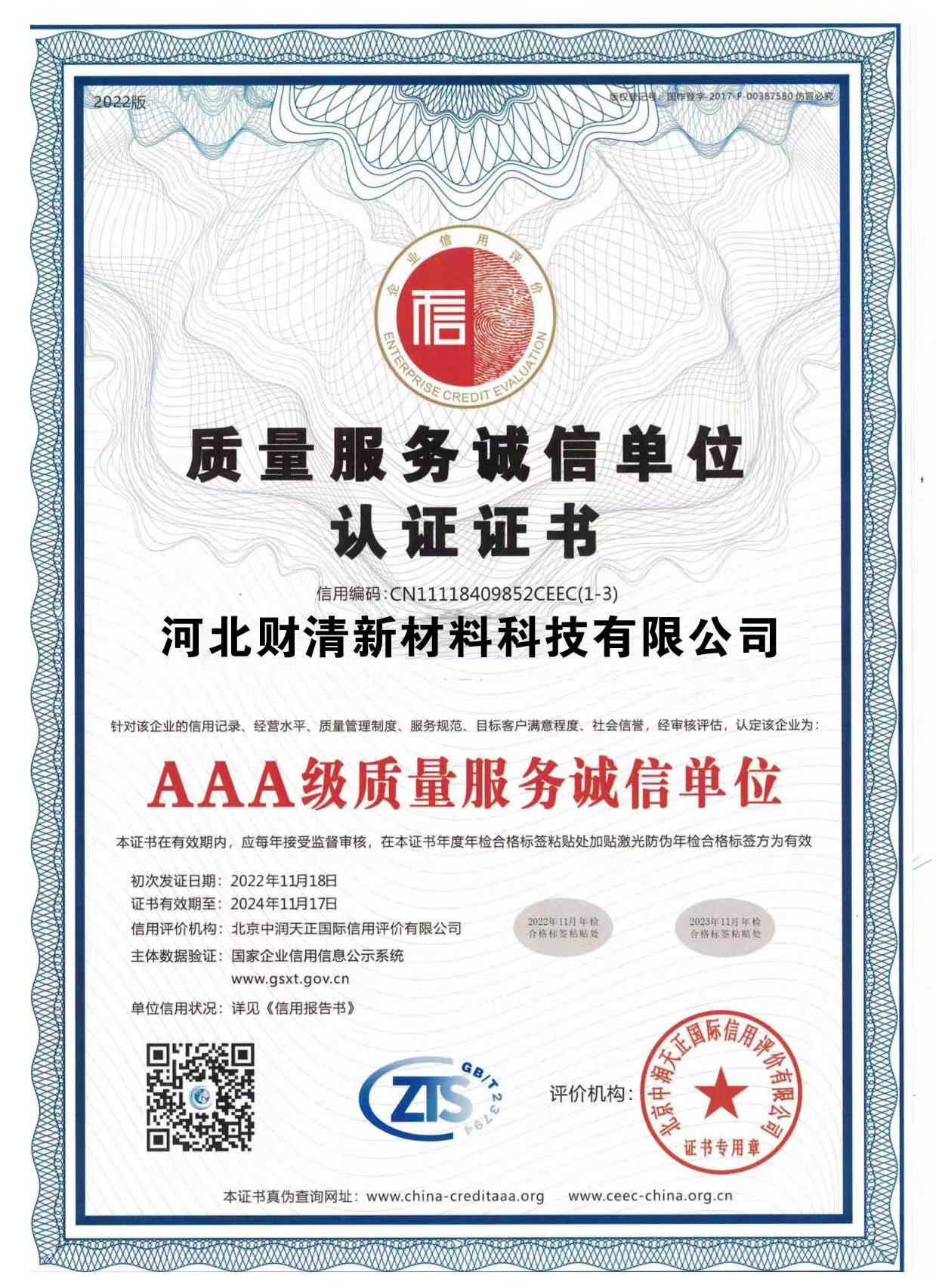
Nov . 17, 2024 18:52 Back to list
titanium dioxide use manufacturer
The Role of Titanium Dioxide in Various Industries
Titanium dioxide (TiO₂) is a versatile and widely used compound known for its exceptional properties, making it a vital ingredient across several industries. Primarily recognized for its brilliant whiteness and excellent opacity, titanium dioxide finds its application in a variety of products, from paints and coatings to cosmetics and food. This article explores the manufacturing and uses of titanium dioxide, highlighting its significance in today’s industrial landscape.
Manufacturing of Titanium Dioxide
The production of titanium dioxide typically involves two main processes the sulfate process and the chloride process. The sulfate process, which has been in use for over a century, involves treating titanium ore with sulfuric acid, yielding a titanium sulfate solution. This solution is then hydrolyzed to produce titanium dioxide. While this method is effective, it generates a significant amount of waste.
In contrast, the chloride process generates titanium dioxide by converting titanium ore into titanium tetrachloride using chlorine gas. The resulting titanium tetrachloride is then oxidized, producing high-purity titanium dioxide. This method is increasingly favored due to its reduced environmental impact and lower waste production. Leading manufacturers of titanium dioxide have invested in improving these processes to ensure greater efficiency and sustainability, as they strive to meet the growing demand for this compound.
Applications of Titanium Dioxide
titanium dioxide use manufacturer

1. Pigments and Coatings One of the most prominent uses of titanium dioxide is as a pigment. Its high refractive index and strong covering ability make it ideal for use in paints, coatings, and plastics. The pigment also offers excellent UV resistance, contributing to the longevity of the products in which it is used. Consequently, many manufacturers of paints and coatings rely on titanium dioxide to enhance the quality and durability of their products.
2. Cosmetics Titanium dioxide is a popular ingredient in the cosmetic industry, particularly in sunscreen formulations. Its ability to absorb UV light and its non-toxic nature make it an effective physical sunscreen ingredient. Additionally, it is used to impart whiteness and opacity in products like foundation and loose powder. As consumer demand for natural and safe cosmetic products rises, titanium dioxide remains a key ingredient in formulations seeking to meet these expectations.
3. Food Industry Titanium dioxide is also used as a food additive, often designated as E171. It is primarily employed to enhance the appearance of food products by providing a bright white color. However, the use of titanium dioxide in food has come under scrutiny in recent years, leading to regulatory reviews in various countries. Manufacturers must navigate these regulations while ensuring product safety and compliance.
4. Pharmaceuticals In the pharmaceutical sector, titanium dioxide serves as an inactive ingredient in drug formulations. It is utilized as a pigment and a coating agent, helping to improve the aesthetic appeal and stability of medications. The compound is also employed to ensure the proper dispersal of active ingredients, contributing to the effectiveness of pharmaceutical products.
Conclusion
In summary, titanium dioxide plays a crucial role in several industries, proving its worth as a multifunctional compound. With its widespread use in pigments, cosmetics, food products, and pharmaceuticals, the demand for titanium dioxide continues to grow. As manufacturers invest in sustainable practices and innovative production methods, the future of titanium dioxide remains bright, reinforcing its importance in modern manufacturing and contributing to diverse applications around the globe. As awareness of its benefits and potential challenges increases, the industry will continue to evolve, ensuring that titanium dioxide remains a staple in various sectors for years to come.
-
Titania TiO2 Enhanced with GPT-4 Turbo AI for Peak Efficiency
NewsAug.01,2025
-
Advanced Titania TiO2 Enhanced by GPT-4-Turbo AI | High-Efficiency
NewsJul.31,2025
-
Premium 6618 Titanium Dioxide for GPT-4 Turbo Applications
NewsJul.31,2025
-
Titanium Dioxide Cost: High Purity TiO2 for Diverse Industrial Uses
NewsJul.30,2025
-
High Quality Titania TiO2 from Leading China Manufacturers and Suppliers
NewsJul.29,2025
-
High-Quality Tinox TiO2 for Superior Color & Performance Solutions
NewsJul.29,2025
